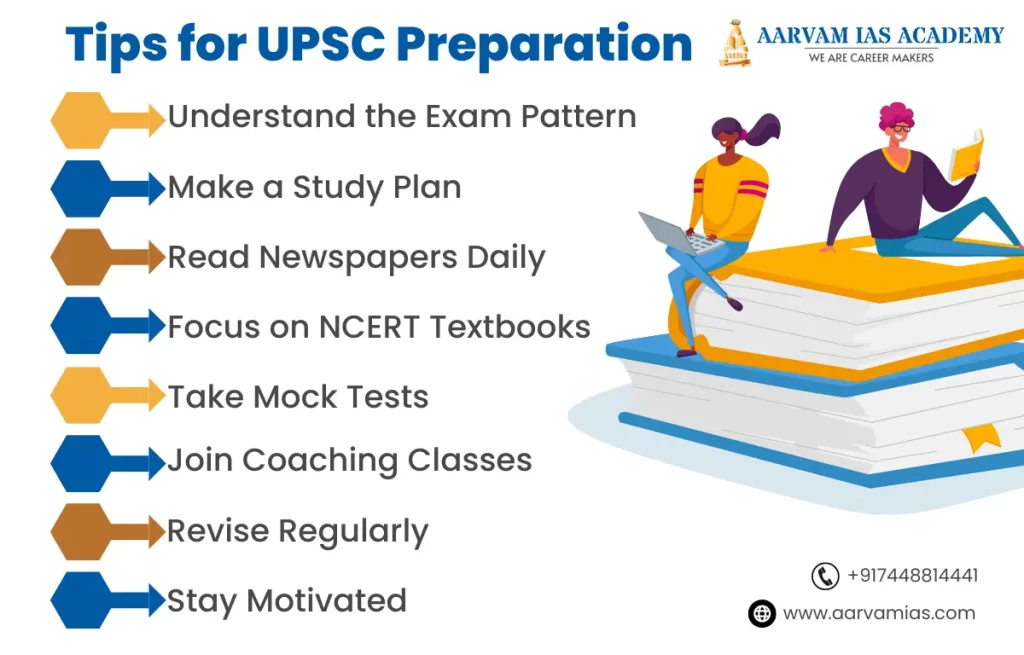The Civil Services Examination offers a vast scope when it comes to any type of high post job filling in the country. Mostly the exam is conducted by the Union Public Service Commission (UPSC). 23 posts are available under this single platform examination which is the UPSC examination. To crack this high post-UPSC examination you need to know the details of the History Optional in Anna Nagar by joining the UPSC coaching center in Chennai as it can be the right one to guide you
The top services offered by this exam after choosing History Optional in Anna Nagar include the following post: – Administrative Service (IAS) and the Indian Police Service (IPS) with other types of posts like Indian Foreign Service (IFS), Indian Revenue Service (IRS), etc. To ensure the vital service is carried out effectively, there is a need for the right candidate to positively impact the whole country.
UPSC aspirants should prepare for Paper 1 History Optional in Anna Nagar because it is an important component of the UPSC exam and covers the significant events, cultures, and civilizations of India’s past, which is essential for understanding the country’s present and future.

The syllabus of History Optional in Anna Nagar for Paper 2 comprises the following concepts:
UPSC aspirants should prepare for Paper 2 History Optional in Anna Nagar because it covers World History and Indian Society, Culture, and Polity, which is important to understand the global context and India’s socio-political environment, and it also helps in developing critical and analytical thinking skills.
The Indian Administrative Service is the most prestigious post created by the Government of India. When it comes to hierarchy, IAS is the top post when it comes to the other 24 posts like IPS, IFS, etc. IAS is the highest cadre in the Indian administrative service and is also a part of the executive branch. It is one of the high posts among 3 high cadre posts, which got employment through Union Government, State Government, and public sector undertaking.
New to Aarvam ?Try our Demo Classes Free! Or Would Like to Know More About Exams?
